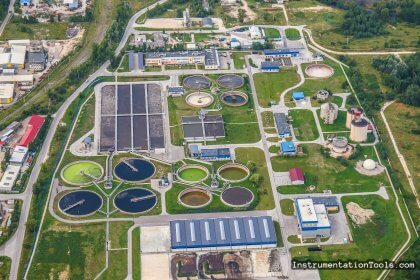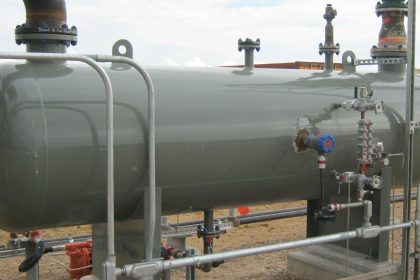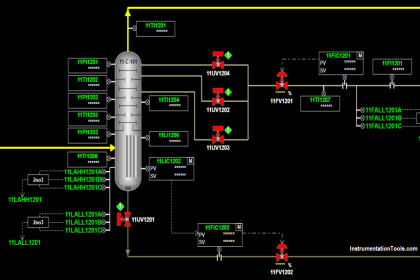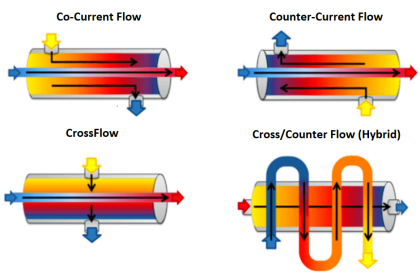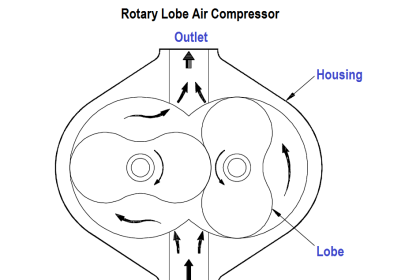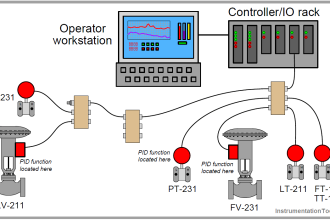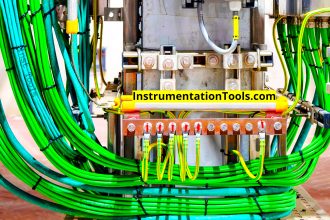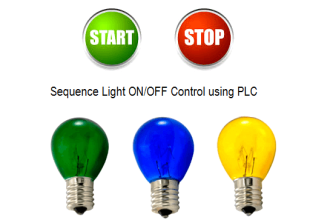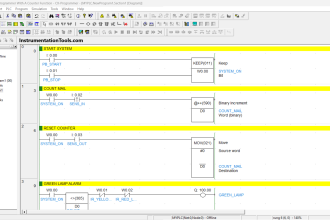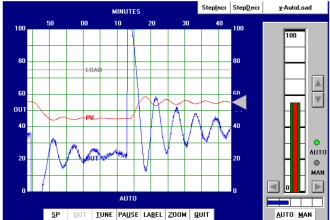Filtration is a process used to remove suspended solids from a solution. Other processes such as demineralization remove ions or dissolved ions. Different filters and strainers are used for different applications. In general, the filter passage must be small enough to catch the suspended solids but large enough that the system can operate at normal system pressures and flows.
Precoat Filters
A precoat filter eliminates the problem of physically handling radioactive materials, because the filter material (called the medium) can be installed and removed remotely. Inside the filter housing is a bundle of septums (vertical tubes, on which the filter medium is deposited). The septums in some filters are approximately 1 inch in diameter and 3 feet long and are usually made of perforated or porous metal (normally stainless steel). There may be several hundred of these septums in a filter. Septums in other filters are approximately 3 inches in diameter and 3 feet long and are made of porous stone or porous ceramic material. There are usually less than 100 of these larger septums in a filter.
The filtering medium fibers may be finely divided diatomite, perlite, asbestos, or cellulose. Diatomite, the least expensive medium, is used to filter liquid waste that will be discharged from the plant. Cellulose is generally used for processing water that will be returned to a reactor, because diatomite can allow silica leaching.
When a precoat filter is in use, water that enters the filter vessel passes through the filter medium that is deposited on the septums and then leaves through the outlet. Before the filter can be placed into operation, however, the filter medium must be installed; that is, the filter must be precoated.
The first step in precoating the filter is to close the inlet and outlet valves to the filter. The filter medium used is mixed with demineralized water in an external mixing tank to form a slurry, which is pumped through the filter. Some of the filter medium deposits on the septums and is held there by the pressure of water on the outside of the septums. At the beginning of the precoating process, some of the fibers of the filter medium pass through the septums, either because they are smaller than the openings or because they pass through lengthwise. Thus, there is still some filter medium in the water as it leaves the filter, so the slurry is recirculated again and again until the water is clear. Clear water indicates that all of the filter medium is deposited on the septums, and the filter is precoated.
One characteristic of the precoating process is that a very even layer of filter medium (approximately 1/8 inch thick) is deposited on the septums. This occurs because the circulating slurry follows the path of least resistance. When the coating at one point reaches a certain thickness, the slurry takes the fibers to another point, and this process continues until precoating is complete.
Because water pressure holds the filter in place, flow must be maintained through the recirculating loop to keep the medium from falling off. This is called a holding flow. As the inlet and outlet valves are opened for normal usage, called service flow, the holding flow is gradually cut off.
